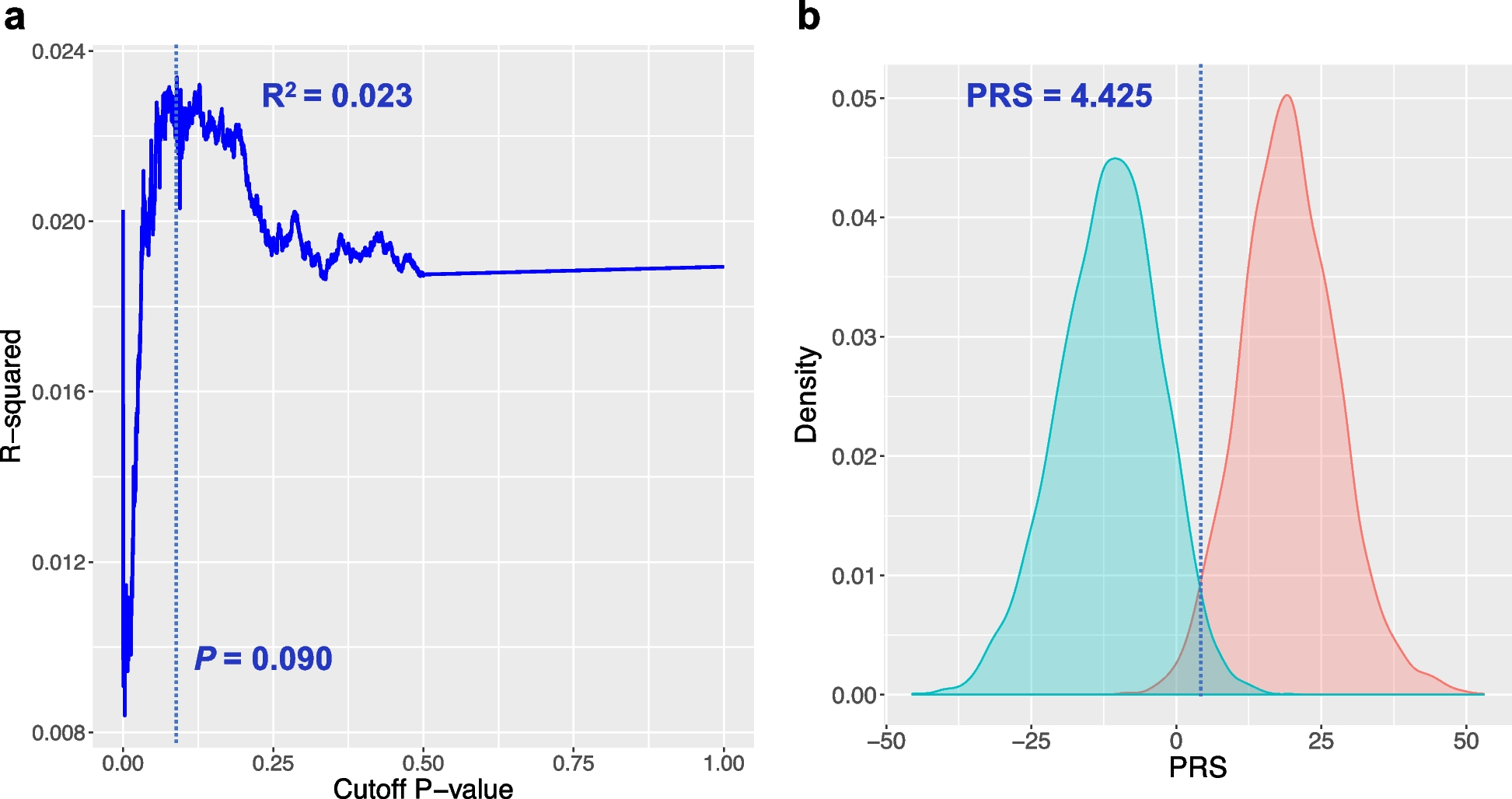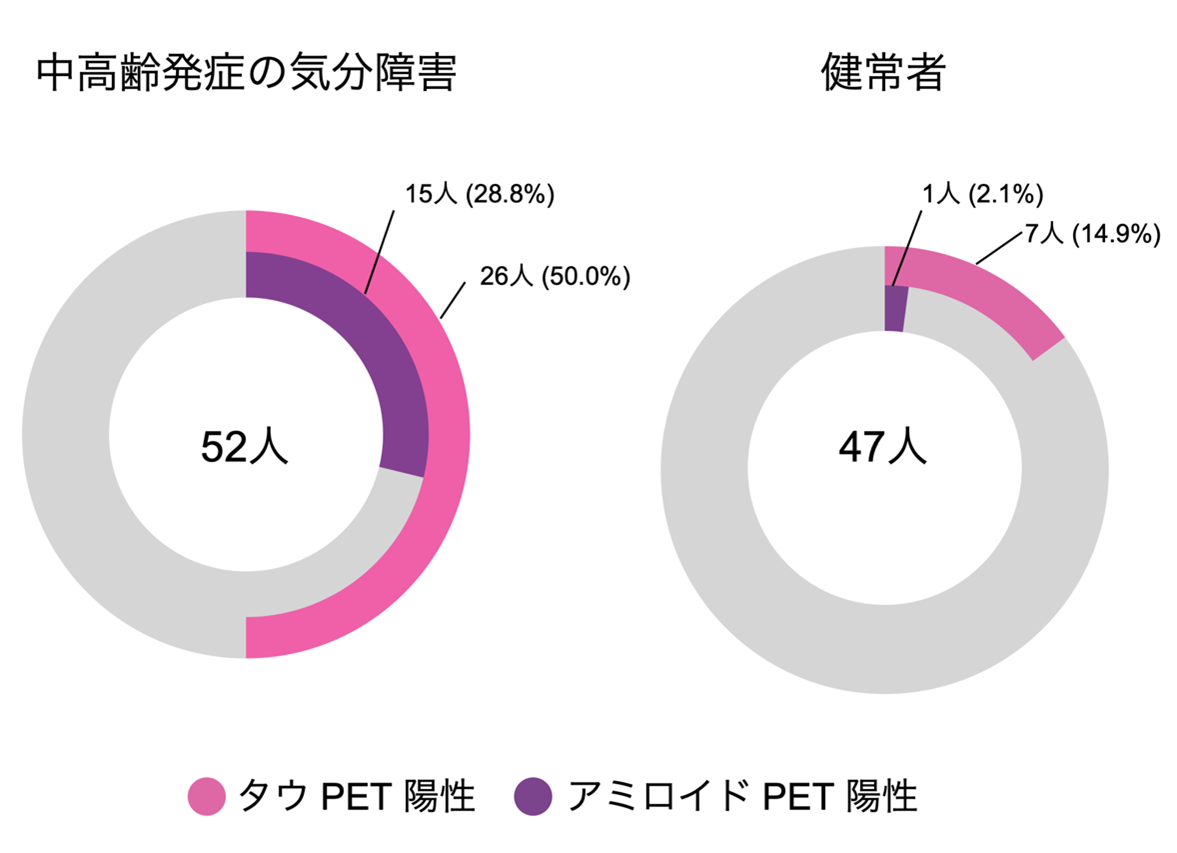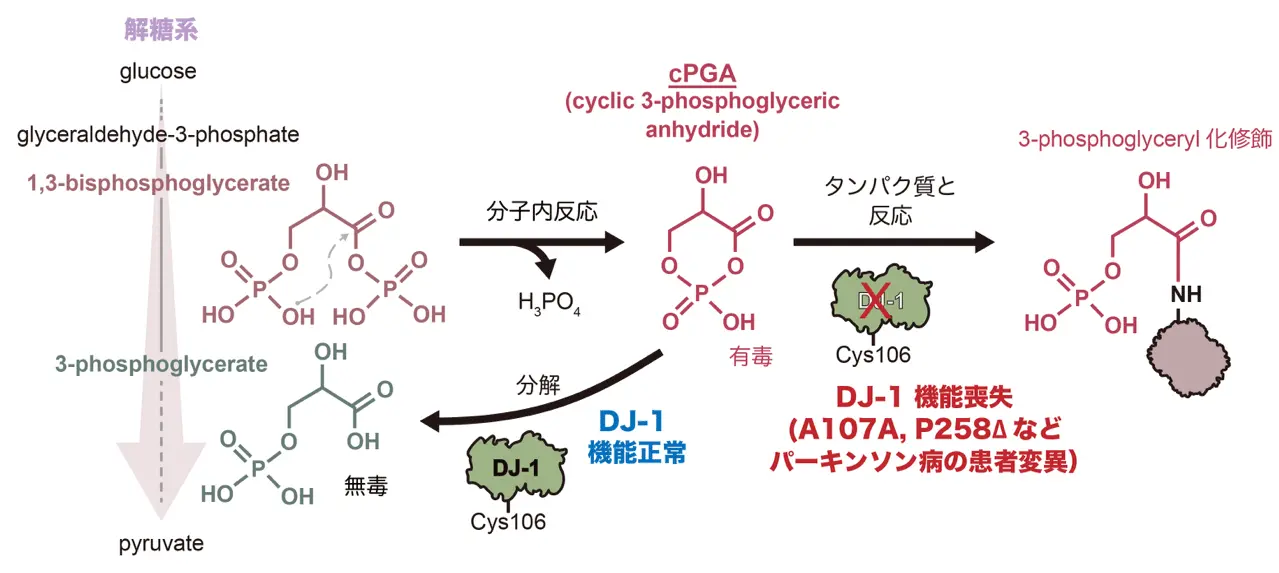2025-06-10 国立長寿医療研究センター
<関連情報>
- https://www.ncgg.go.jp/ri/report/20250523.html
- https://www.ncgg.go.jp/ri/report/documents/press_20250610.pdf
- https://alzres.biomedcentral.com/articles/10.1186/s13195-025-01764-0
軽度認知障害における遺伝的背景とマルチドメイン介入 Genetic background and multidomain interventions in mild cognitive impairment
Kosuke Fujita,Tetsuaki Kimura,Akiko Yamakawa,Shumpei Niida,Kouichi Ozaki,Takashi Sakurai,Hidenori Arai,Daichi Shigemizu & J-MINT study group
Alzheimer’s Research & Therapy Published:10 June 2025
DOI:https://doi.org/10.1186/s13195-025-01764-0

Abstract
Background
The growing prevalence of dementia emphasizes the need for effective prevention strategies. Although the partial efficacy of multidomain interventions for dementia prevention has been demonstrated, understanding the characteristics of individuals who benefit most from these interventions is crucial for optimizing resource allocation. This study investigated the association between participants’ genetic backgrounds and the effectiveness of multidomain interventions for preventing dementia.
Methods
This study utilized data from the Japan-Multimodal Intervention Trial for the Prevention of Dementia (J-MINT), where older adults with mild cognitive impairment underwent 18 months of multidomain intervention. The intervention included exercise, nutrition, cognitive stimulation, social participation, and vascular risk management. Participants who completed the J-MINT intervention and had genetic data, including whole-genome sequencing (WGS), were analyzed. Using Japanese polygenic risk scores (PRSs) for Alzheimer’s disease, participants were stratified into high- and low-genetic-risk groups. Cognitive composite score (CPS) improvement rates at 6-, 12-, and 18-months were compared between intervention and control groups, with subgroup analyses performed by age (< 75 and <?XML:NAMESPACE PREFIX = “[default] http://www.w3.org/1998/Math/MathML” NS = “http://www.w3.org/1998/Math/MathML” />≥ 75 years). Additionally, a comprehensive variant analysis using WGS was conducted to identify genetic signals potentially associated with the intervention’s effectiveness.
Results
Among 289 participants analyzed (168 aged < 75 years; 121 aged ≥ 75 years), 99 were classified into the high-risk PRS group (56 intervention, 43 control) and 190 into the low-risk PRS group (92 intervention, 98 control). For participants aged ≥ 75 years, no statistically significant differences in CPS improvement rates were observed between the intervention and control groups, regardless of PRS classification. However, in participants aged < 75, those in the high-risk PRS group showed significant CPS improvement at the 6-month follow-up. Additionally, analysis of 9,978,605 genetic variants identified two loci, ID3 and LMO1 (rs2067053 and rs201082658), with suggestive associations (P < 1 × 10⁻4) to reduced intervention effectiveness.
Conclusions
This study highlighted the utility of PRS in predicting cognitive improvement following multidomain interventions and identified genetic variants that may influence the intervention’s effectiveness. The findings provide a valuable foundation for personalized dementia prevention strategies.


